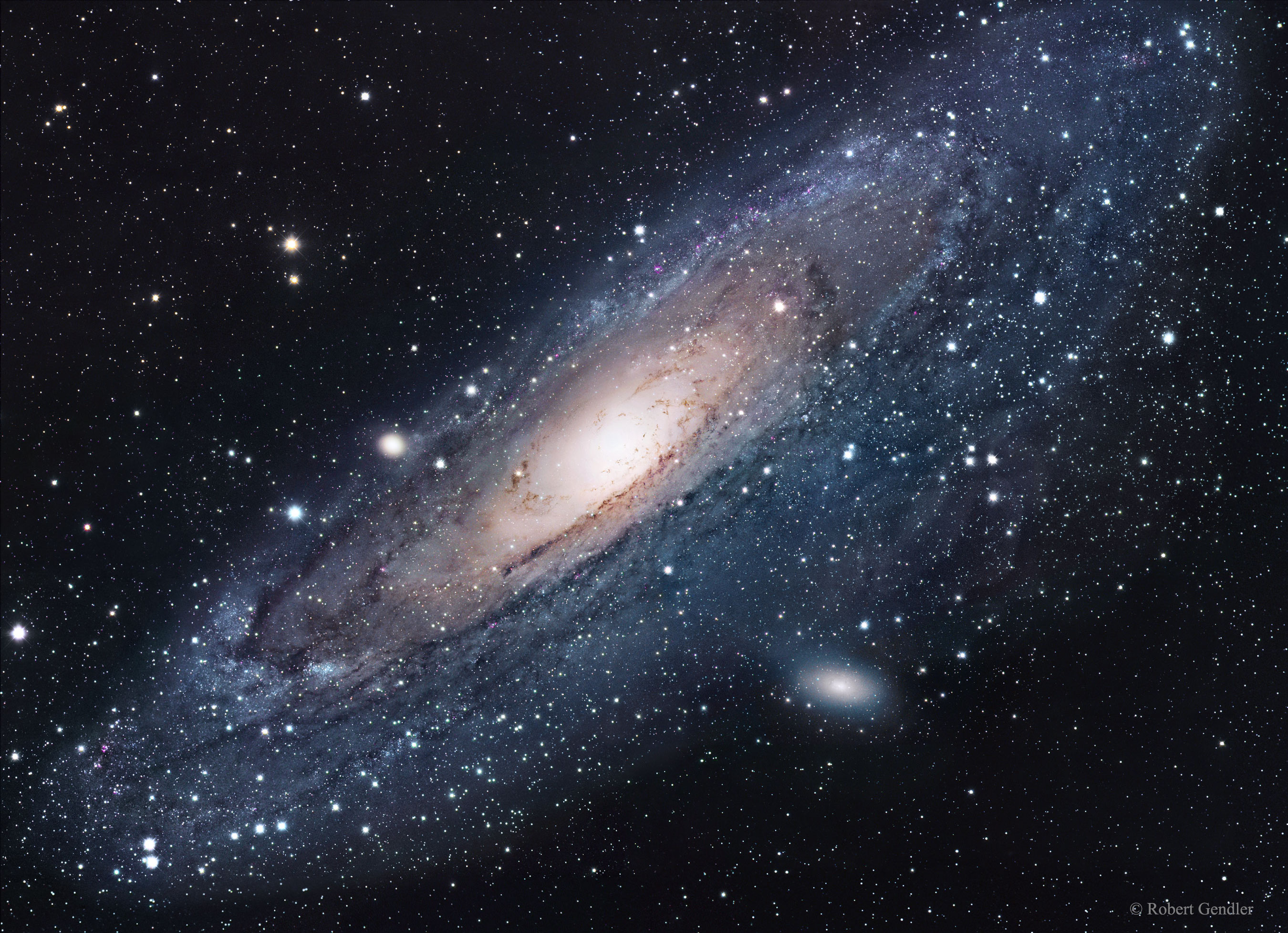Issue of March 29, 2019
eds: Nicolle Zellner, Heather Flewelling, Cristina Thomas, Maria Patterson, and JoEllen McBride
This week's issues:
1. Repost: Facing the Future: The CSWA seeks your input on our community needs in the 2020s!
2. NASA Cancels First All-Female Spacewalk Over Spacesuit Sizes
3. Antonia Maury: A Female Astronomer's Fight For Recognition
4. Katie Couric: How We Can Eliminate Bias Against Women in Science
5. First scientist in human history- En Hedu'anna
6. What is gender equality in science? Common solutions may not be solving the problem
7. Announcing the first Communicating Science Conference (ComSciCon) with AAS!
8. Why we still struggle with work-home conflict in women and men
9. High school girls challenge toxic masculinity
11. How to Submit to the AASWomen Newsletter
12. How to Subscribe or Unsubscribe to the AASWomen Newsletter







